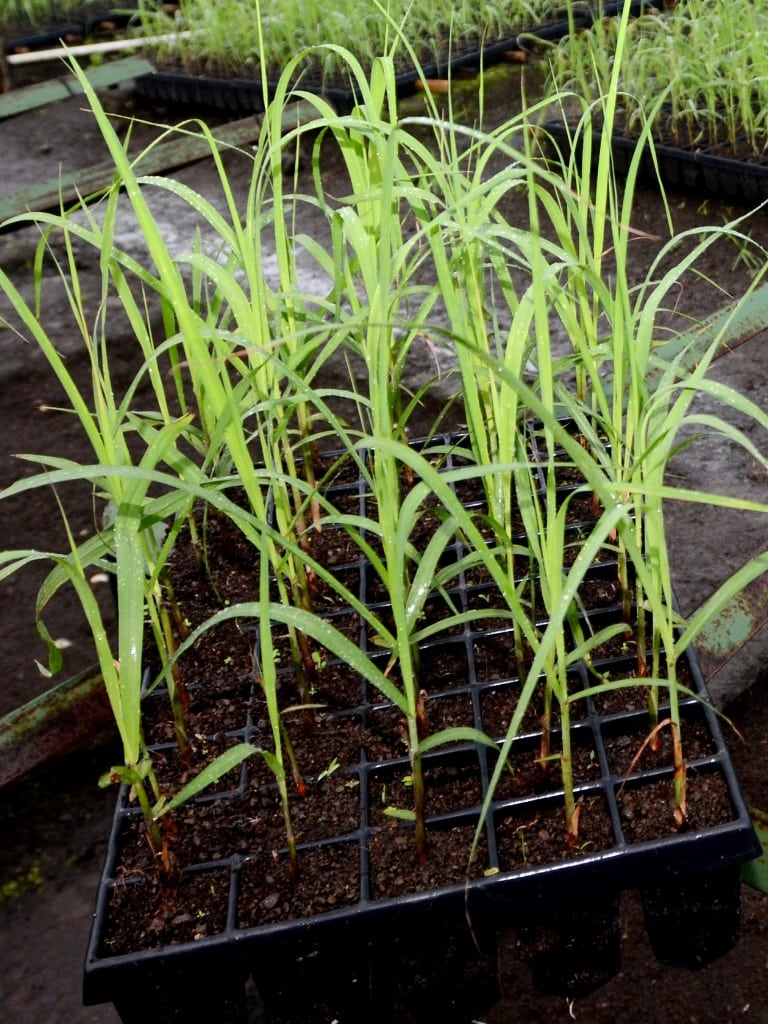Growing Sugarcane In A Pot: Learn About Sugarcane Container Care


Many gardeners think that growing sugarcane is only possible in tropical climates. This is not actually true if you are willing to grow it in a pot. You can grow potted sugarcane plants in almost any region. If you are interested in growing sugarcane in a pot, read on for info on container-grown sugarcane.
Can You Grow Sugarcane in Pots?
You may have seen fields of sugarcane in photos growing in Hawaii or other tropical locations and longed to try growing a little yourself. If you don’t live in a hot climate, try container-grown sugarcane. Can you grow sugarcane in pots? Yes, you can, and this makes it possible to have a mini-sugar plantation no matter where you live. The secret is growing the canes in containers.
Container Grown Sugarcane
In order to start growing sugarcane in a pot, you need to obtain a length of sugarcane, ideally around 6 feet (2 m.) long. Look for buds on it. They look like rings on bamboo. Your length should have about 10 of them. Cut the cane into two pieces of equal length. Prepare a seed tray by filling it with a mixture of one part compost to one part sand. Lay the two cane pieces on the tray horizontally and layer compost over them. Moisten the soil well and cover the entire tray with plastic to keep in the moisture. Place the tray in bright sunlight. Water the tray every day to keep the soil moist. After a few weeks, you will see new shoots in your container-grown sugarcane. These are called ratoons and, when they grow to 3 inches (7.5 cm.), you can transplant each one to its own pot.
Sugarcane Container Care
Potted sugarcane plants can grow quickly. As the new ratoons grow, you’ll need to transplant them into bigger pots, using an all-purpose potting mixture. The most important part of sugarcane container care is keeping the soil moist. Since the plants require direct sun most of the day (or 40-watt grow bulbs), they dry out quickly. You’ll need to water at least three times a week. Remove all dead leaves and keep the pots free from weeds. After about a year, the canes will be 3 feet (1 m.) tall and ready to harvest. Wear leather gloves when you harvest since the leaves of the potted sugarcane plants are very sharp.
Sign up for the Gardening Know How newsletter today and receive a free copy of our e-book "How to Grow Delicious Tomatoes".

Teo Spengler is a master gardener and a docent at the San Francisco Botanical Garden, where she hosts public tours. She has studied horticulture and written about nature, trees, plants, and gardening for more than two decades, following a career as an attorney and legal writer. Her extended family includes some 30 houseplants and hundreds of outdoor plants, including 250 trees, which are her main passion. Spengler currently splits her life between San Francisco and the French Basque Country, though she was raised in Alaska, giving her experience of gardening in a range of climates.